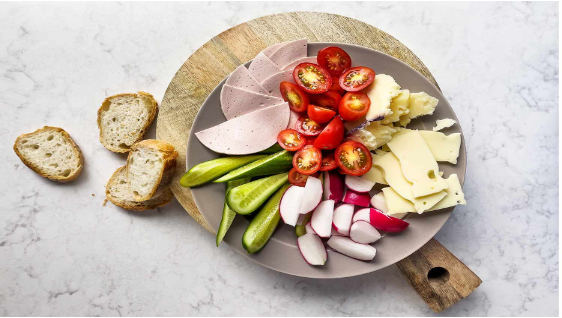Is it a Snack or a Meal? It's "Girl Dinner"

What is "Girl Dinner"?? According to TikTok's latest trend, "girl dinner" is a snack plate made from readily available foods, requiring little to no cooking. Picture a plate with dill pickles, chips and salsa, a bowl of cereal, assorted raw veggies, and whatever dips happen to be in the fridge. But the real question is: Is a "girl dinner" a nutritionally balanced meal that provides enough calories? A plate consisting solely of fruit, a few crackers, and some cheese cubes leans more towards a snack than a dinner. However, you could bulk it up with additions like baguette slices, hard-boiled eggs, chopped veggies, hummus, and nuts to create a more substantial meal, bringing the calorie count closer to 500 from the initial 200-300 calories. Like most social media food trends, determining whether something is "nutritious" or "healthy" can be difficult. However, by adding the right ingredients, and enough of them, can make a "girl d...




